Canada’s vast landscape is home to numerous small communities that truly come alive during winter. While many travelers focus on major cities and well-known ski resorts, these lesser-known villages offer authentic glimpses into Canadian life.
Local geography, history, and culture shape each community’s distinct character.
Churchill Falls, Labrador
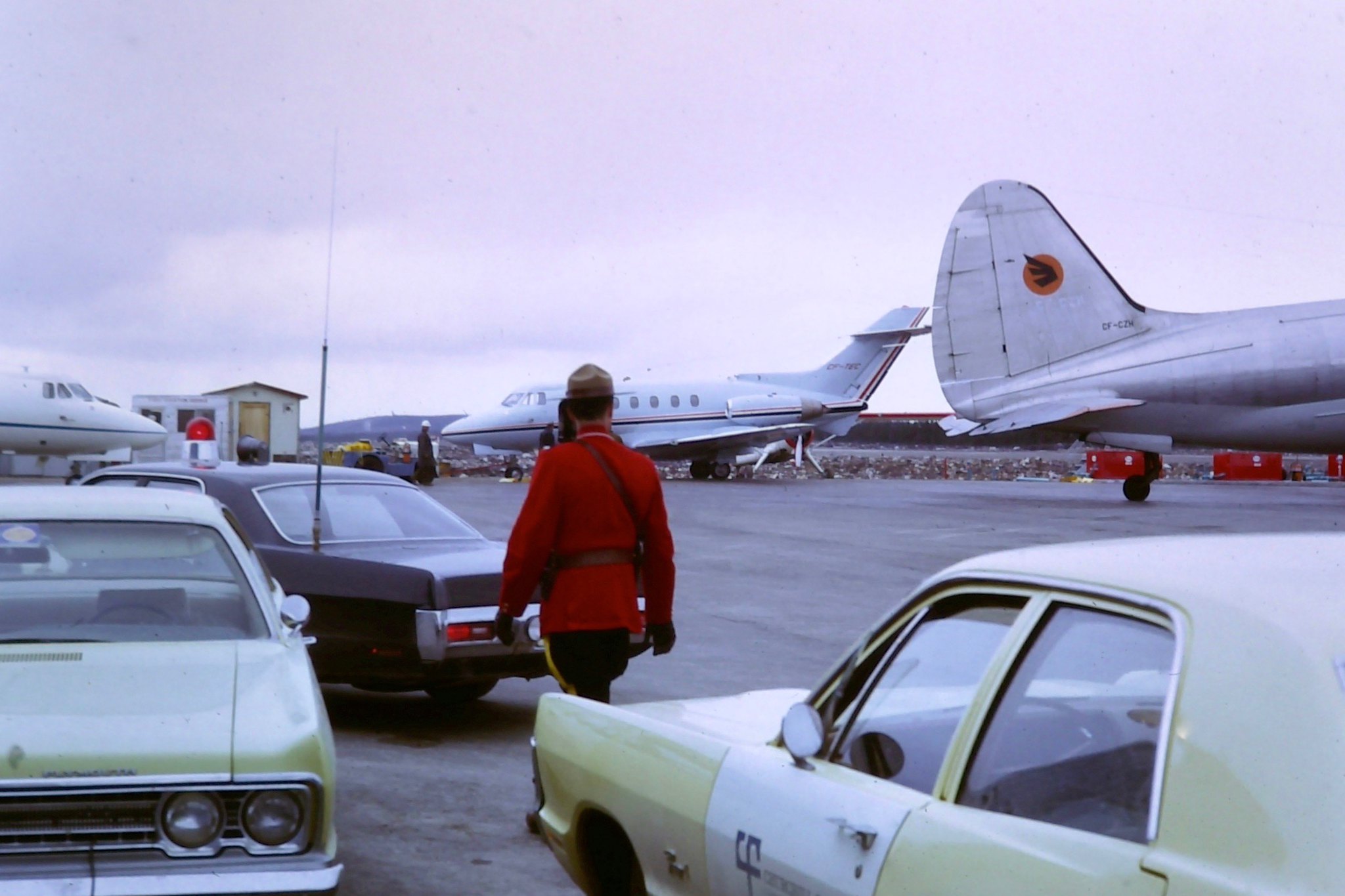
This company town supports the Churchill Falls Generating Station, one of the largest underground hydroelectric plants in the world. The community of approximately 650 people includes an indoor shopping complex, school, and recreational facilities.
The town experiences long, cold winters with significant snowfall. Nearly all residents work for the Churchill Falls Labrador Corporation, which manages the power plant and town infrastructure.
Field, British Columbia
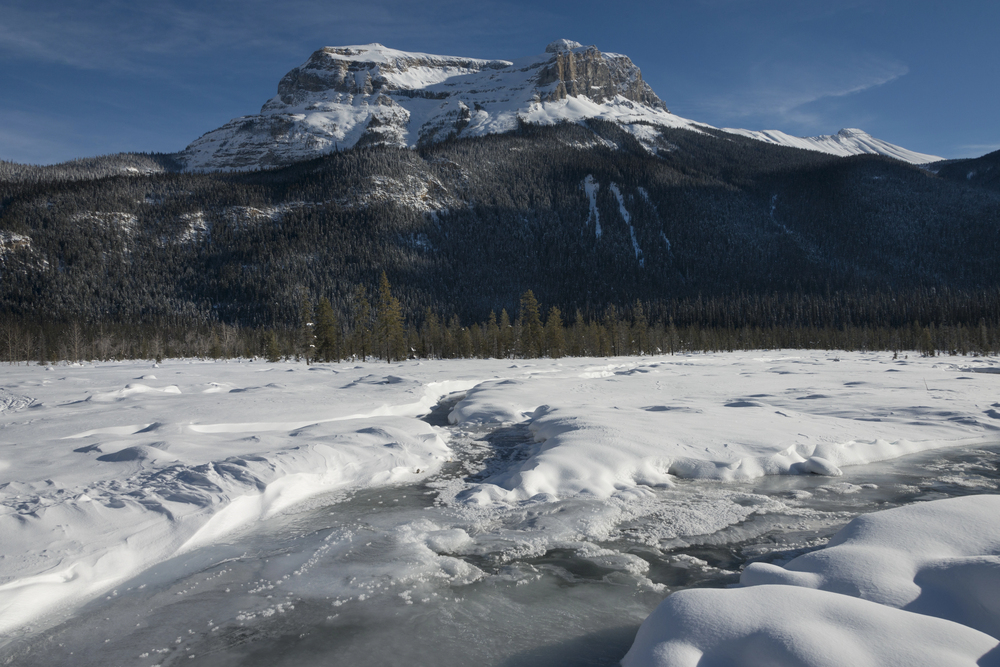
Located in Yoho National Park, this small community of about 170 people serves as a base for park operations and tourism. The village sits along the Canadian Pacific Railway line and is surrounded by the dramatic peaks of the Canadian Rockies.
Winter activities focus on outdoor recreation in the surrounding national park.
Like Travel Pug’s content? Follow us on MSN.
Apex, Nunavut
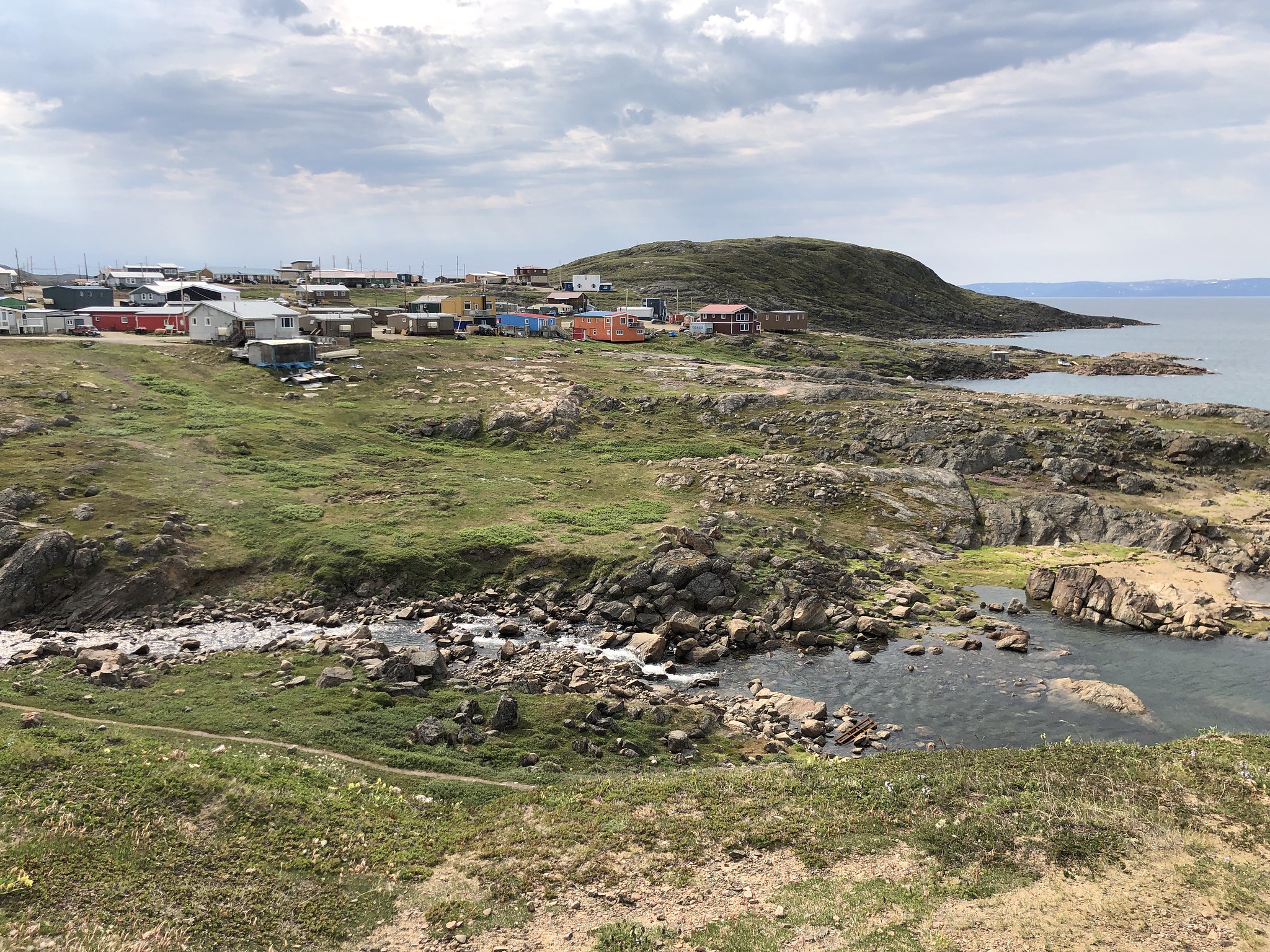
This Inuit community, about 3 miles from Iqaluit, maintains strong cultural traditions. The settlement has approximately 118 people and serves as a residential area for the territorial capital.
The community experiences a polar climate with long, dark winters.
Mayo, Yukon
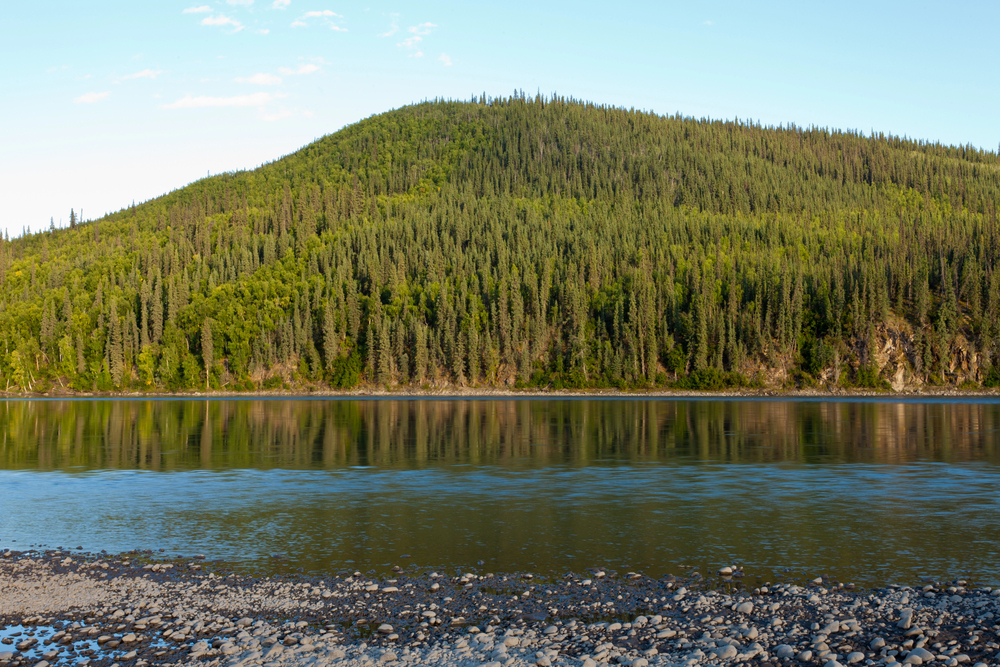
This northern community of about 200 people has a rich mining heritage and serves as a regional center. The village is located at the confluence of the Stewart and Mayo Rivers.
Winter temperatures regularly drop below -40°F and the community is connected to Whitehorse via the Silver Trail highway.
Port Renfrew, British Columbia
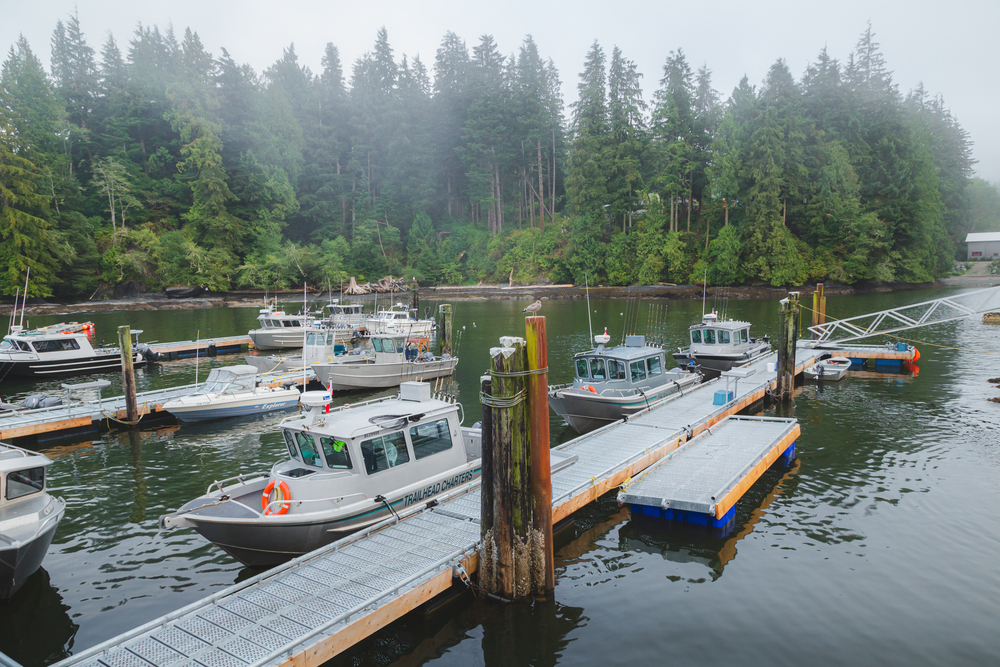
This coastal village on Vancouver Island’s west coast has a population of around 144. The community’s economy centers on fishing, forestry, and tourism.
Due to its maritime climate, winter brings significant rainfall rather than snow.
Like Travel Pug’s content? Follow us on MSN.
Fond du Lac, Saskatchewan
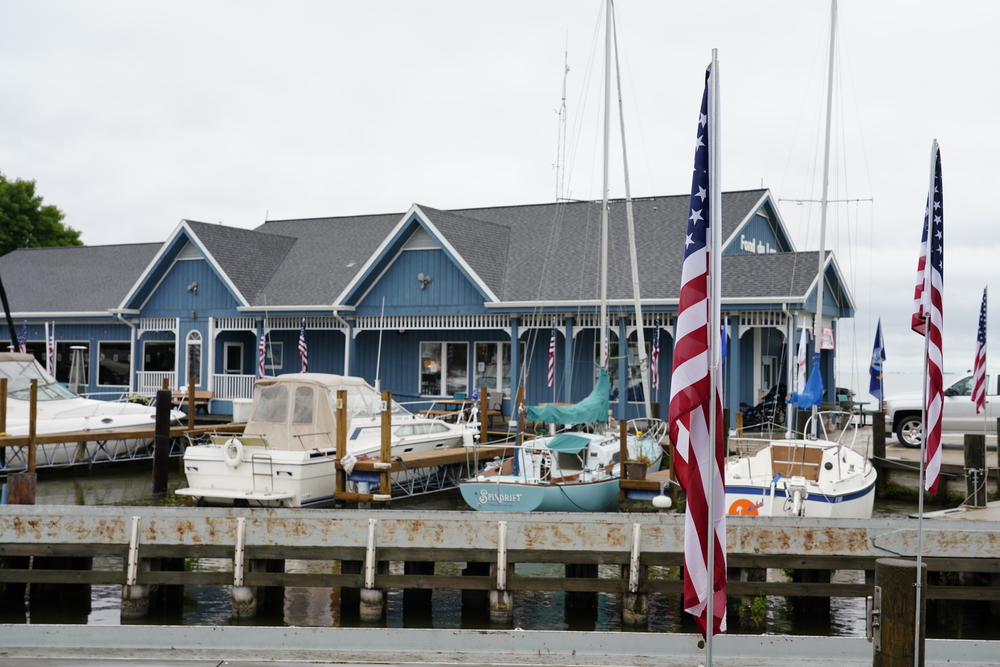
This fly-in Dene community is located on the northern shore of Lake Athabasca. It has approximately 300 residents and is accessible primarily by air. Winter roads provide seasonal ground access.
Traditional activities like hunting and fishing remain important to the community.
Keno City, Yukon
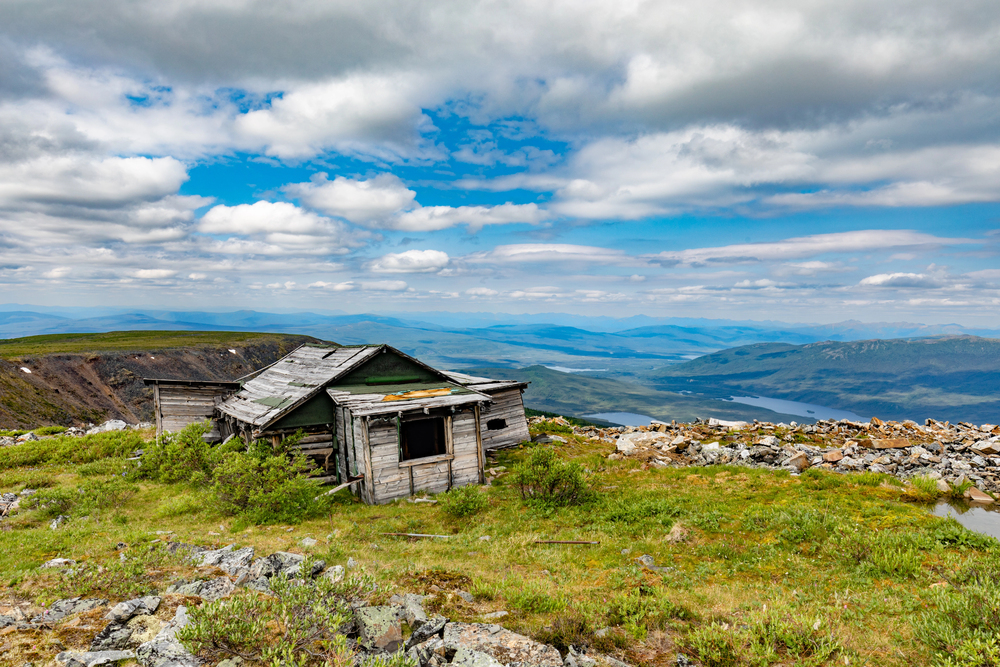
This former silver mining community has a year-round population of fewer than 20 people. The village maintains a mining museum documenting its history, and the surrounding area is popular for outdoor recreation.
Winter access is via the Silver Trail highway, though services are limited.
Trinity, Newfoundland and Labrador
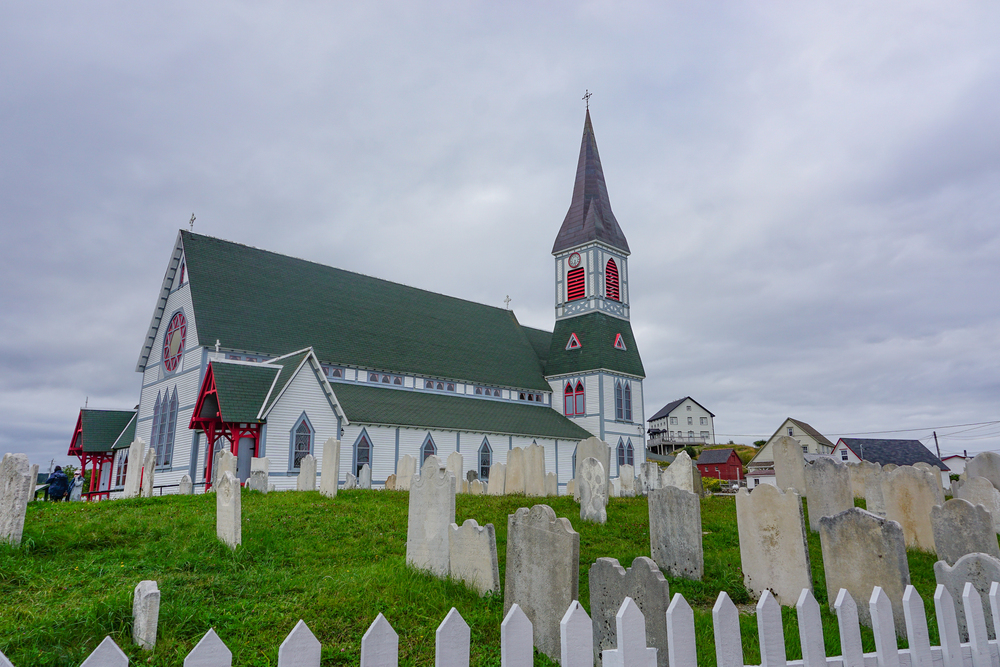
This historic fishing community has about 169 permanent residents. The village is known for its preserved historic architecture dating back to the 18th and 19th centuries. Winter brings significant snowfall and cold temperatures to the region.
Like Travel Pug’s content? Follow us on MSN.
Fort Chipewyan, Alberta
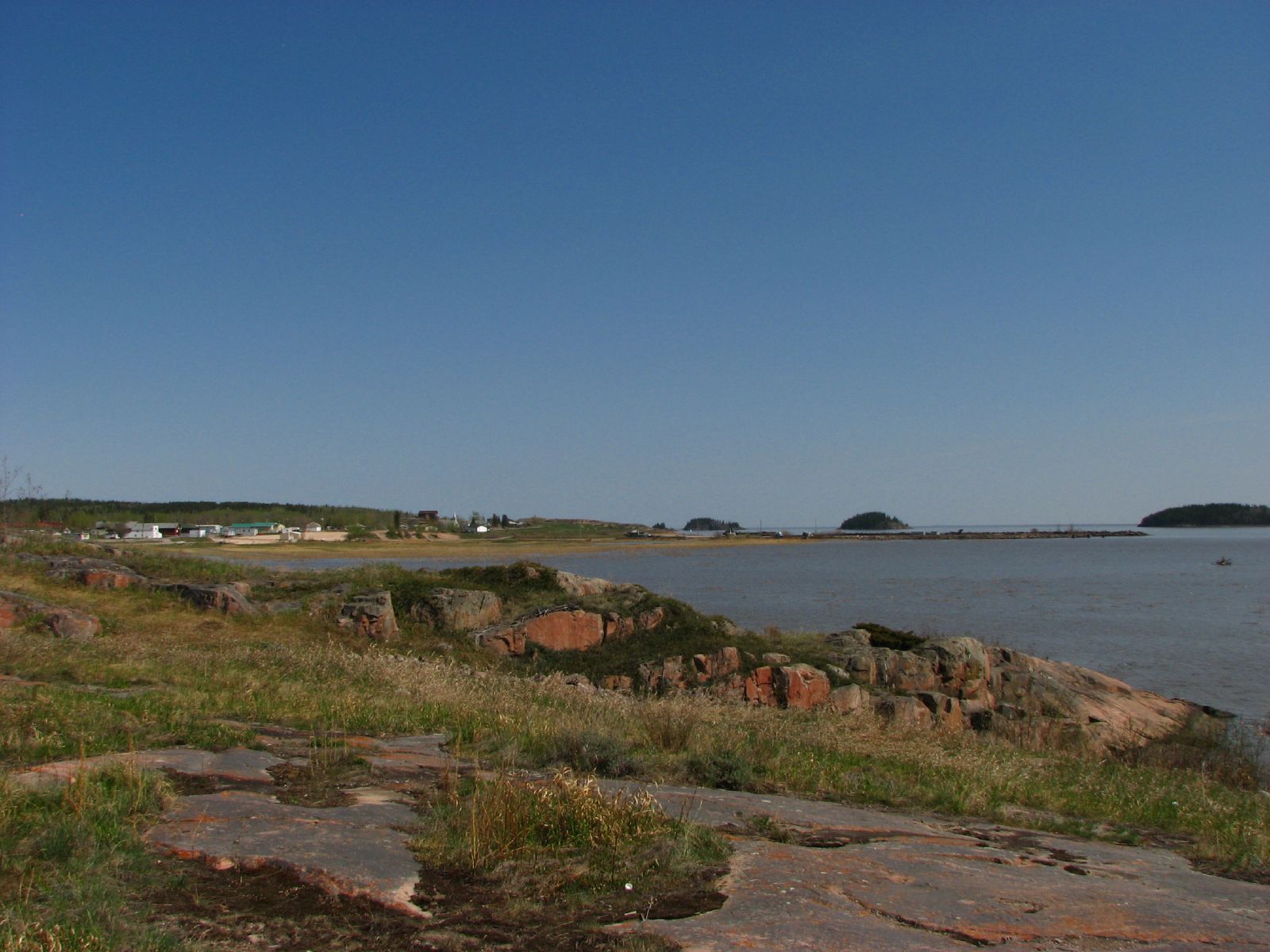
This remote community of approximately 800 people is Alberta’s oldest established community. The village is accessible by air year-round and winter road from December to March.
The population is primarily Indigenous, including Cree, Dene, and Métis.
Baker Lake, Nunavut
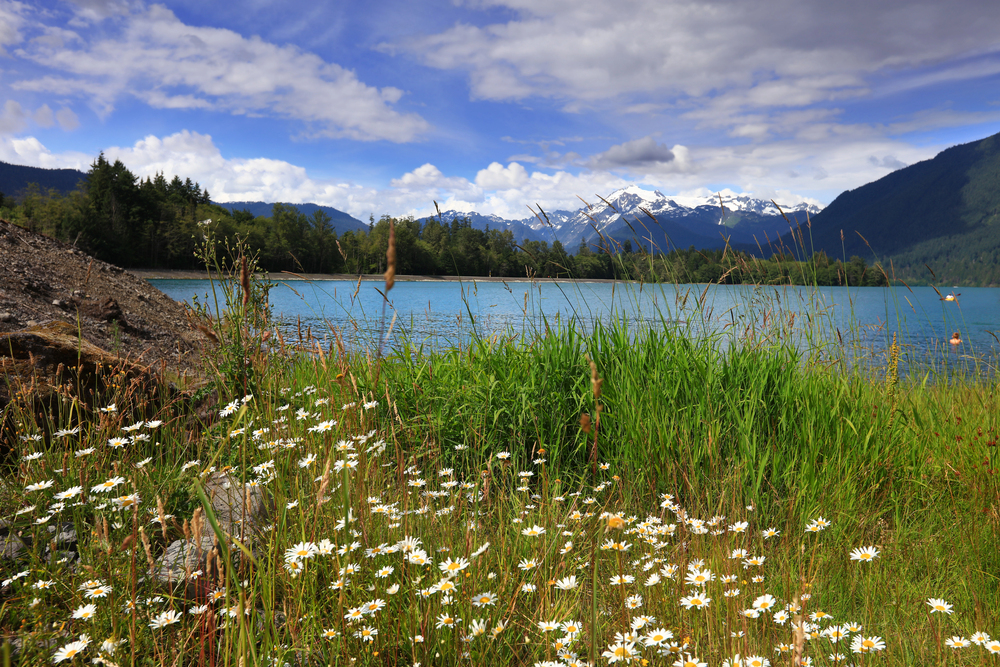
This inland Arctic community of about 2,000 people is Nunavut’s only inland community. The hamlet is known for its artists and is a regional administrative center.
Winters are long and severe, with temperatures regularly dropping below -40°F. The community maintains strong connections to traditional Inuit culture, with many residents actively participating in subsistence hunting and fishing.
Burk’s Falls, Ontario
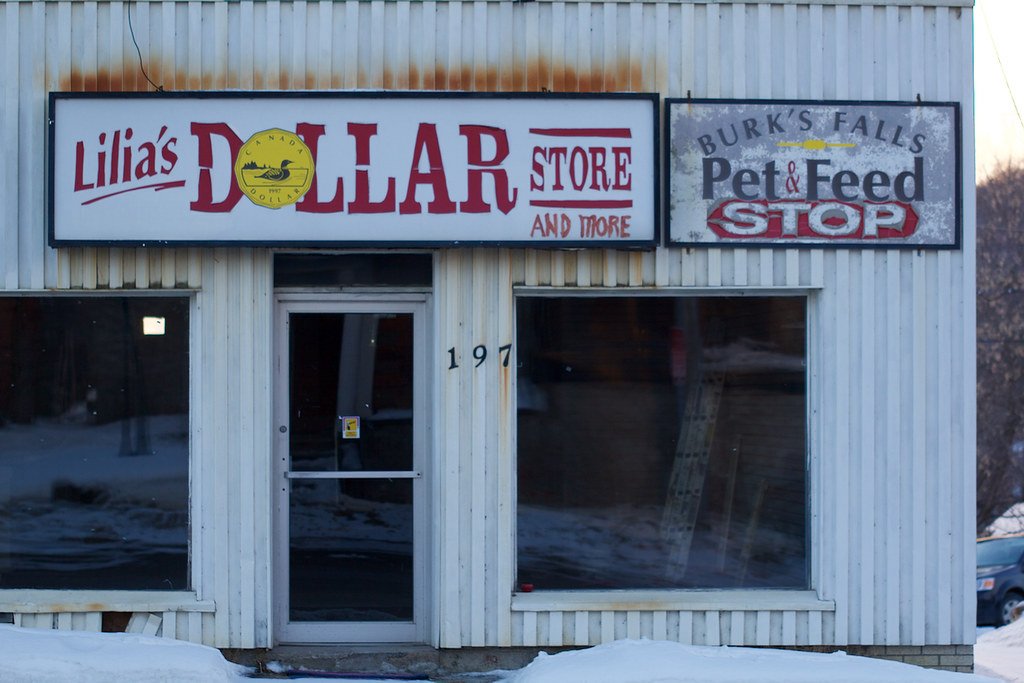
This village in the Almaguin Highlands has approximately 1,000 residents. The community serves as a service center for the surrounding area and maintains its historic downtown.
Winter activities focus on snowmobiling and other outdoor recreation.
Like Travel Pug’s content? Follow us on MSN.
Teslin, Yukon
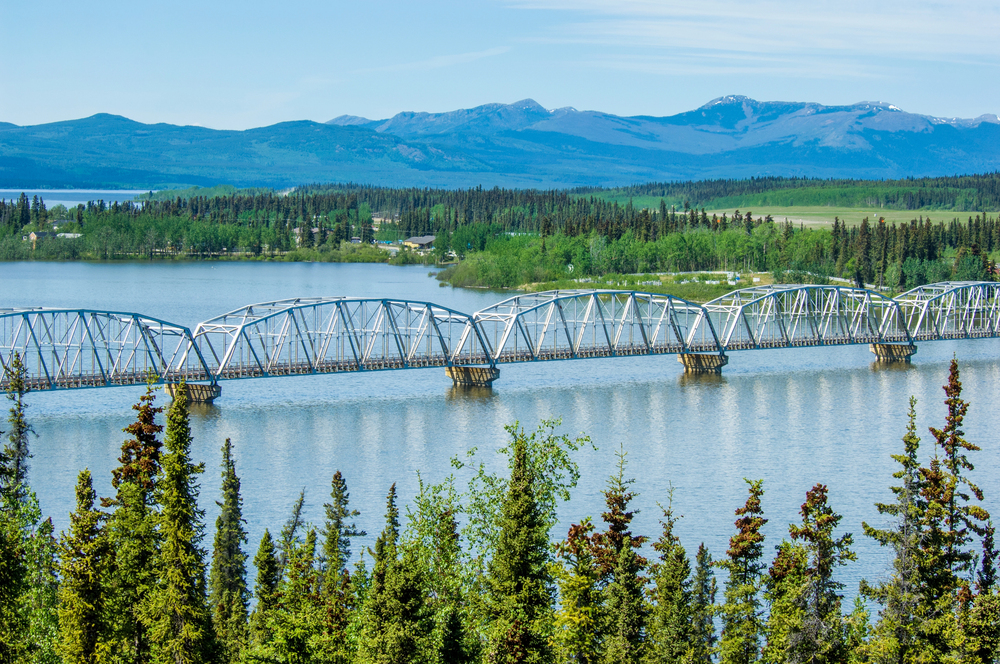
The Teslin Tlingit First Nation lives in this community of about 125 people. The village is located along the Alaska Highway on Teslin Lake. Winter brings significant snowfall and cold temperatures, though the highway remains open year-round.
Port Hope Simpson, Labrador
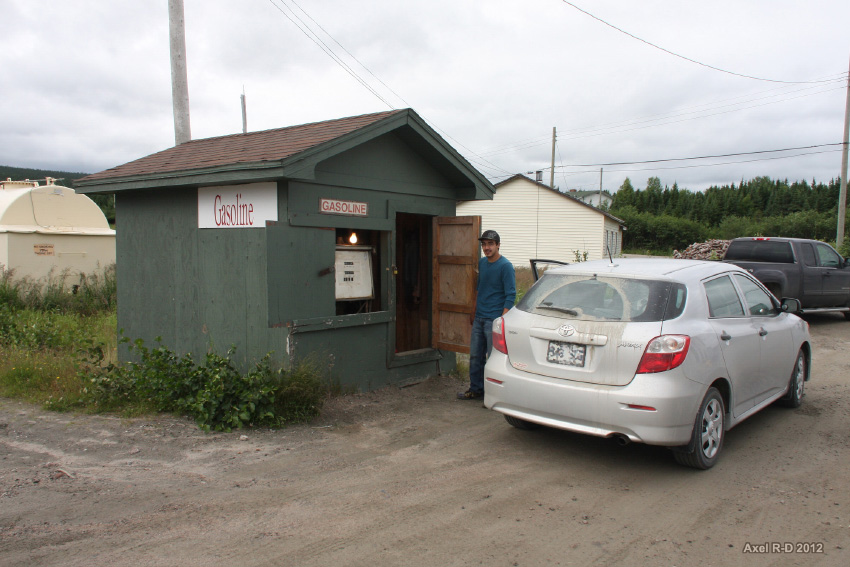
This coastal community of approximately 400 people was established as a logging settlement in the 1930s. The village now serves as a service center for the surrounding region.
Winter brings heavy snow and cold temperatures, with sea ice affecting coastal access.
Sandon, British Columbia
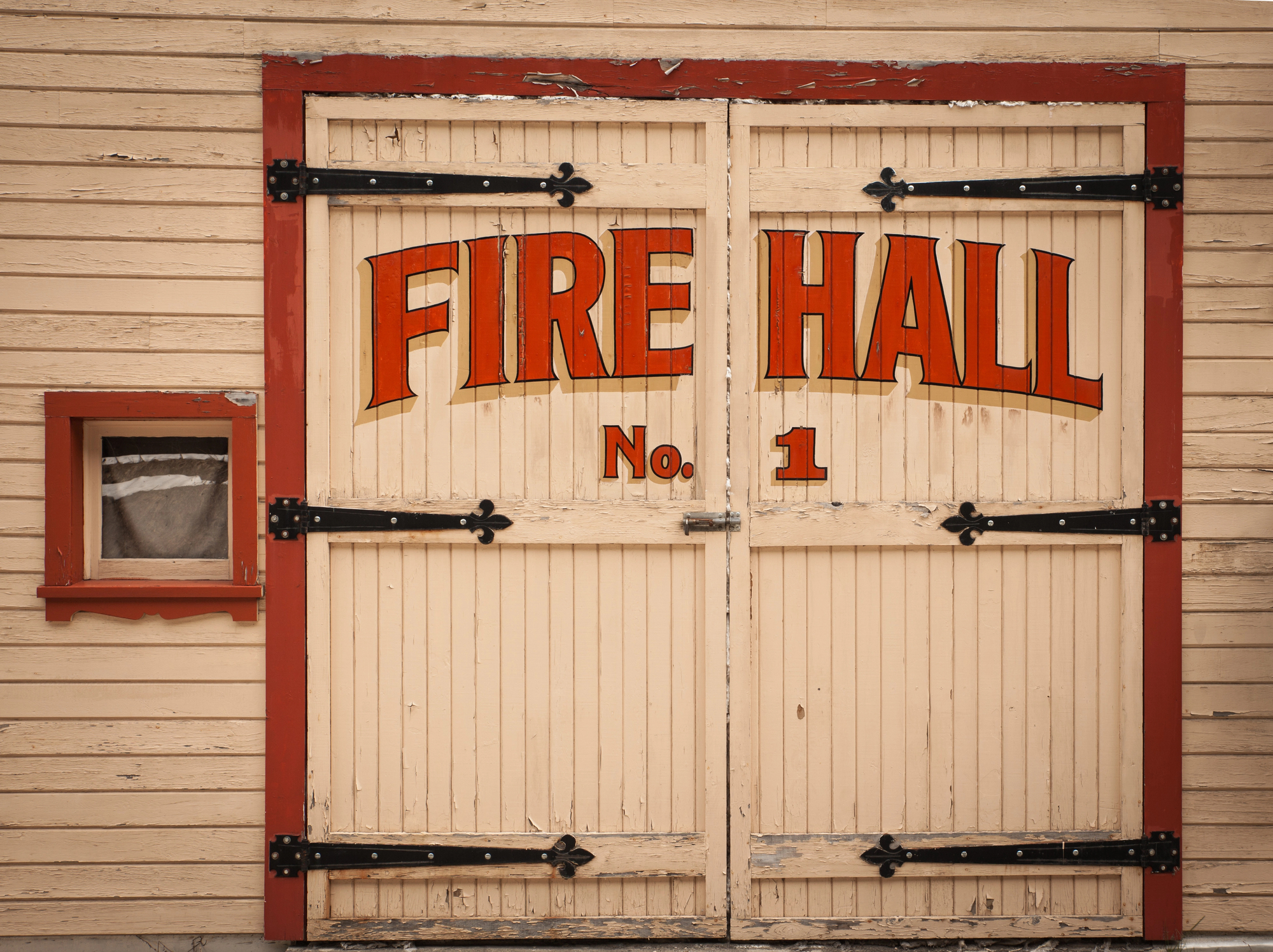
This former silver mining boomtown is now largely abandoned, with fewer than 10 residents year-round. The site maintains some historic buildings and a working hydroelectric plant.
However, winter access can be challenging due to heavy snowfall in the Selkirk Mountains.
Like Travel Pug’s content? Follow us on MSN.
Enterprise, Northwest Territories
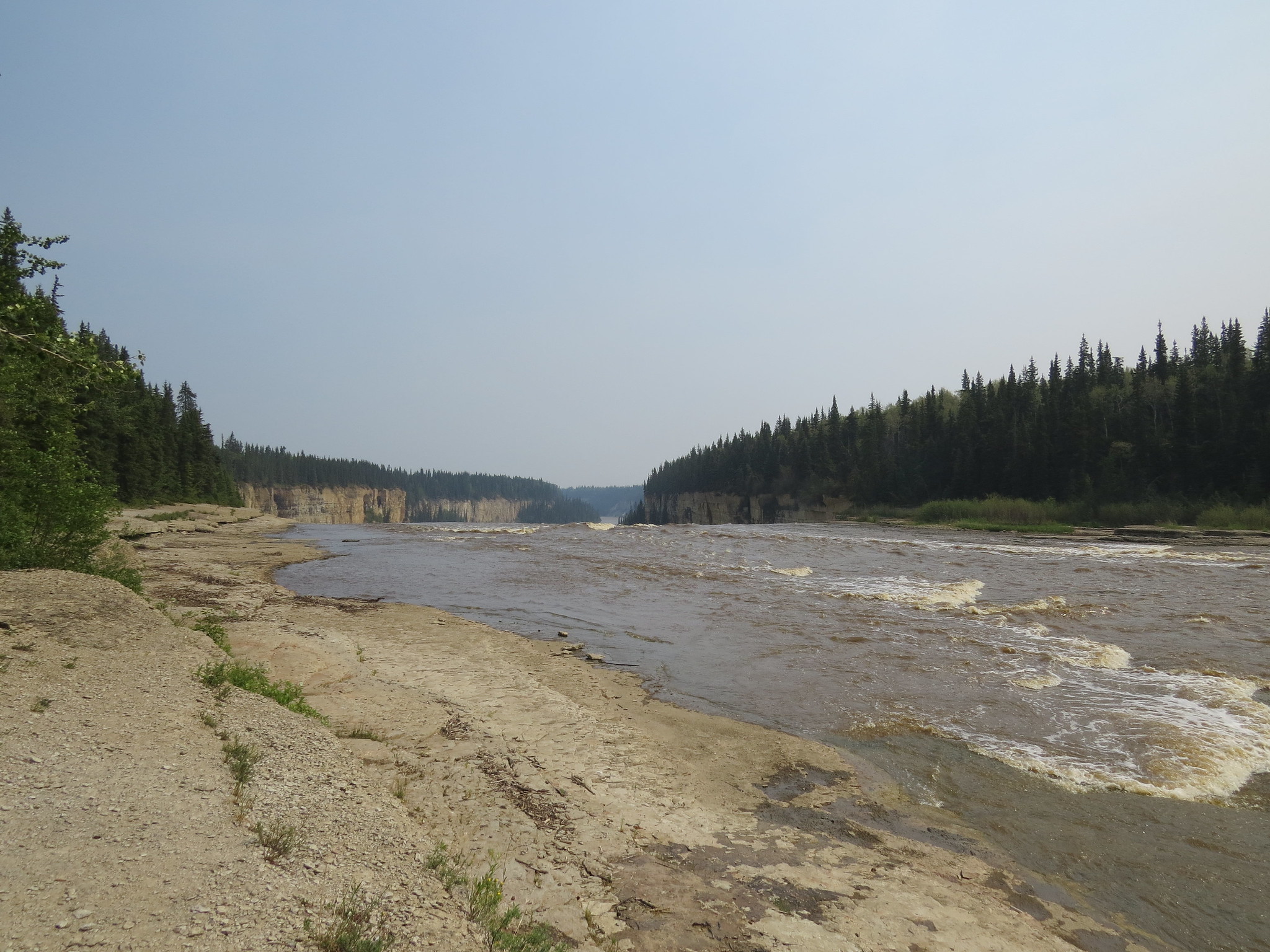
This small community of about 100 people is a gateway to the Northwest Territories. The hamlet is located along the Mackenzie Highway and experiences long, cold winters typical of the region.
Radisson, Quebec
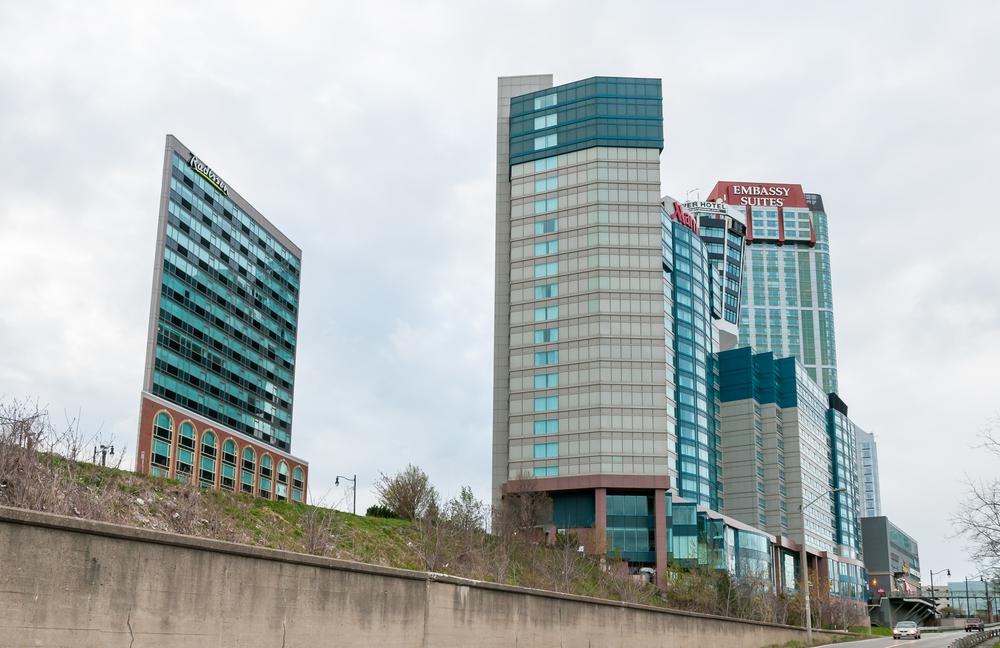
This northern community was built to support the James Bay hydroelectric project. The village has approximately 300 residents and modern amenities. Winter brings significant snowfall and sub-zero temperatures.
Snow Lake, Manitoba
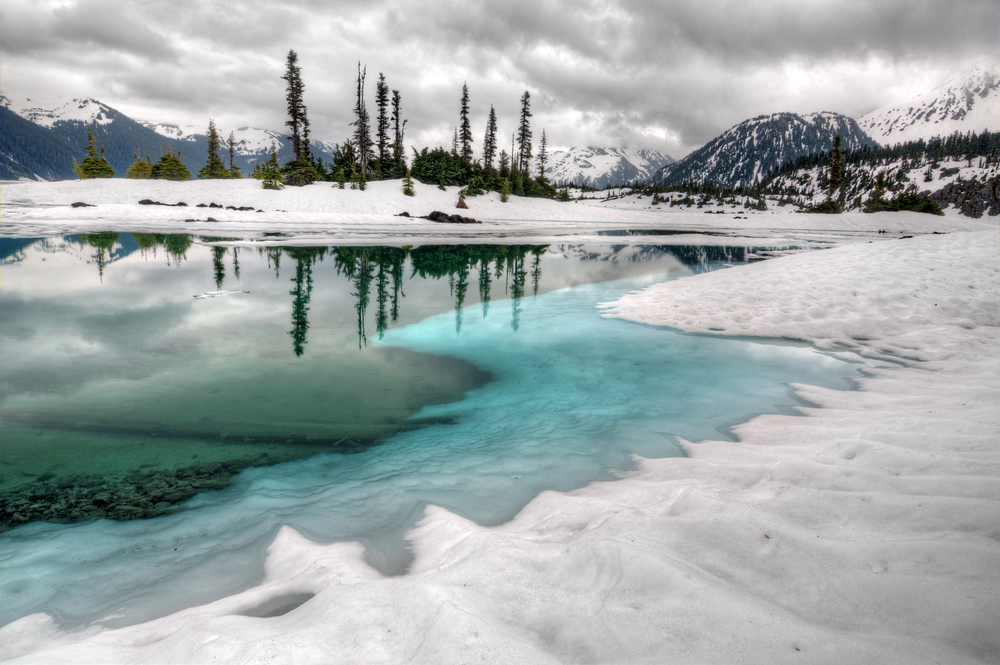
This mining community of about 800 people is located in northern Manitoba. The town’s economy centers on mining activities, with some tourism in the surrounding area.
Winters are long and cold, with abundant opportunities for outdoor recreation.
Like Travel Pug’s content? Follow us on MSN.
Dawson, Yukon
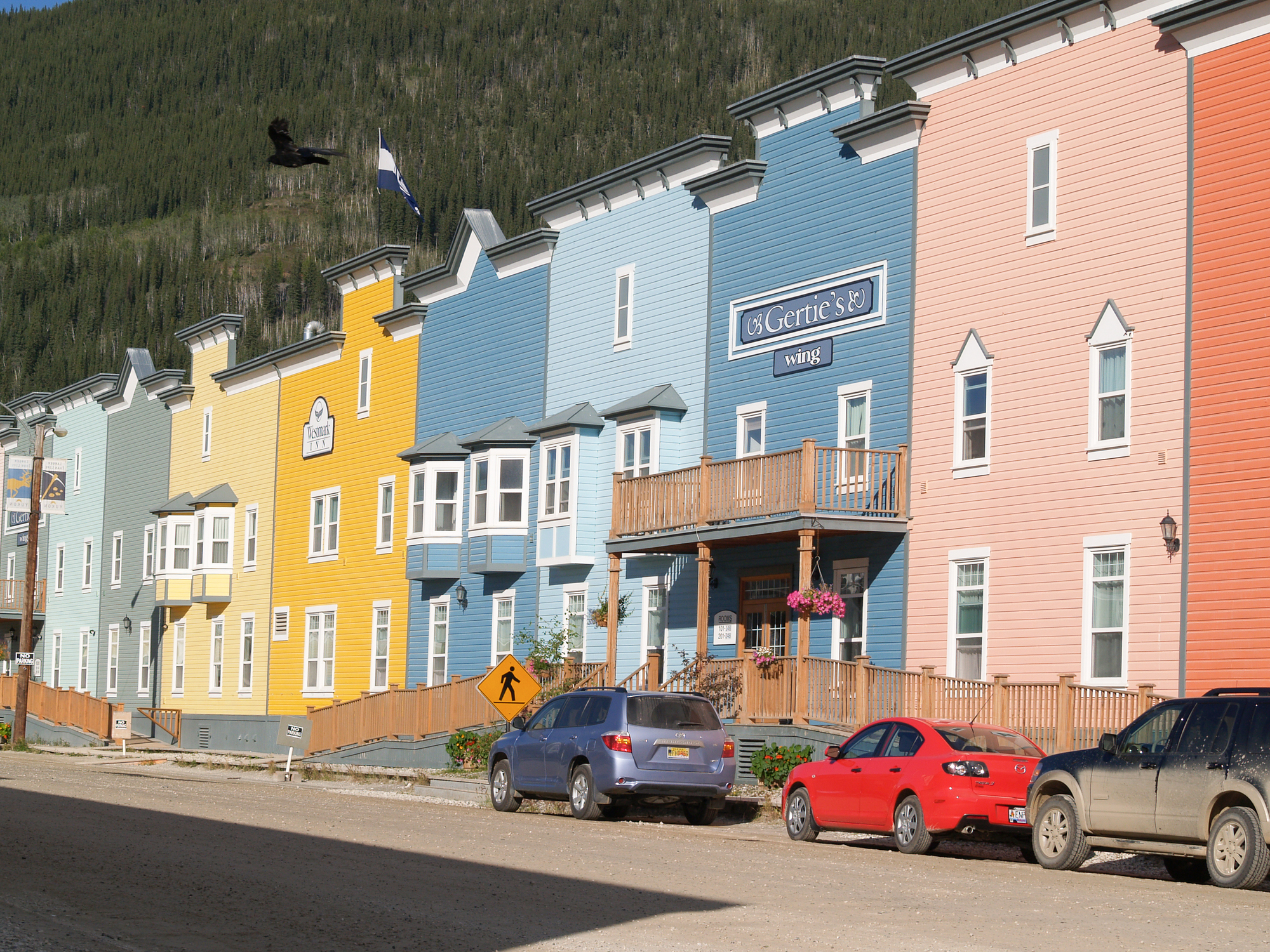
While better known than some communities on this list, this former gold rush town of about 1,300 people transforms during winter. The community maintains much of its historic character while supporting year-round residents.
Winter temperatures regularly drop below -40°F.
Uranium City, Saskatchewan
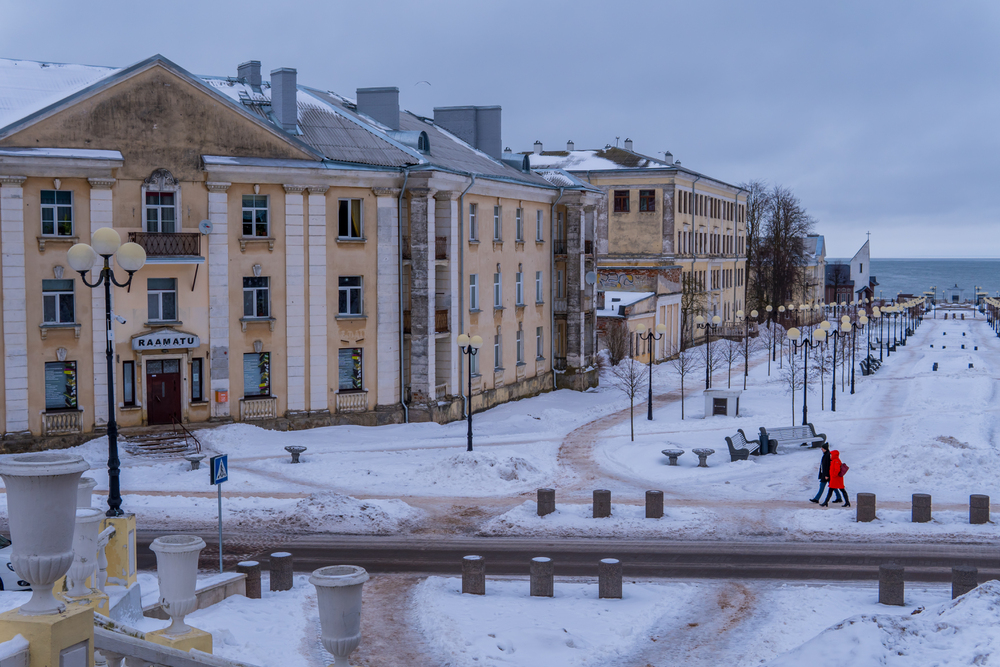
This former uranium mining town now has fewer than 100 residents. The isolated community is accessible primarily by air and has limited services. Winters are long and severe, typical of northern Saskatchewan.
The town’s population dropped dramatically after the closure of the Eldorado uranium mine in 1982, which once employed over 2,000 people.
Pickle Lake, Ontario
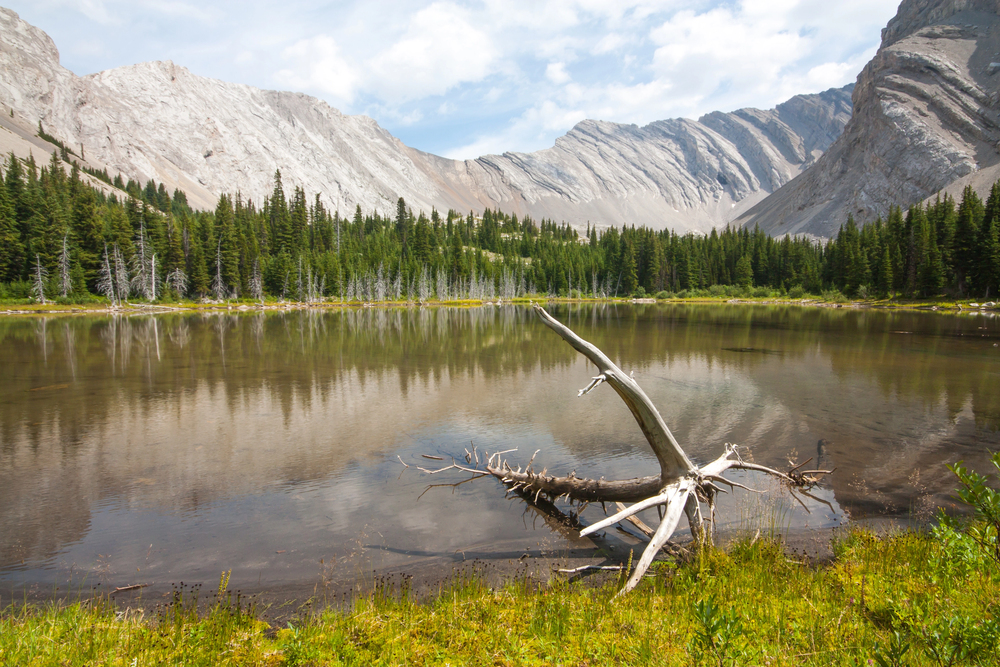
This small community of about 400 people is Ontario’s northernmost year-round road-accessible town. The village is a transportation and supply hub for more remote northern communities.
Winter brings significant snowfall and cold temperatures. The town’s strategic location makes it a crucial staging point for ice road construction to remote First Nations communities each winter.
Like Travel Pug’s content? Follow us on MSN.
Your Winter Journey Starts Here
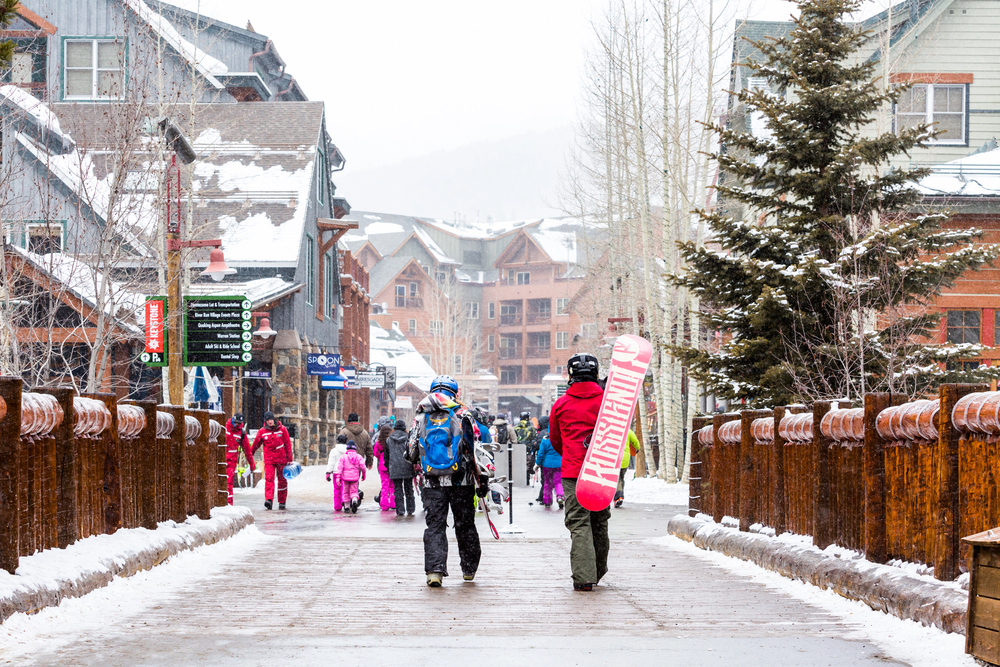
While these communities may be small, they represent an important part of Canada’s northern and rural identity. Each offers unique insights into life in Canada’s more remote regions, though visitors should carefully consider seasonal access and available services when planning trips.
These communities primarily serve their residents rather than tourists, and travelers should approach them with respect for local cultures and ways of life.
More from Travel Pug

- 15 Dangerous European Cities to Avoid
- 15 Caribbean Islands Where Tourists Keep Getting Scammed
- The 20 Most Fascinating Abandoned Places: A Journey Through Time and Forgotten Spaces
- 15 Hidden Places in the Smithsonian Museums Locals Love: A Guide to Lesser-Known Treasures
- 16 Hidden Florida Beach Towns That Aren’t Overrun with Tourists
Like Travel Pug’s content? Follow us on MSN.
